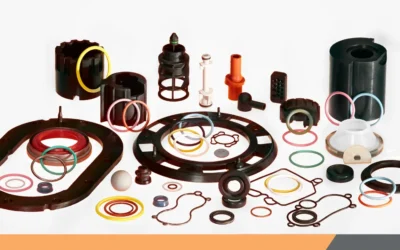Rubber O-rings are a common feature that divers use on underwater cameras, creating a tight seal that keeps the moisture out. They’re made to fit along the inside of the housing, sitting in a neat little groove that pushes them up and out to fill in the gaps. However, there are several do’s and don’ts you should consider to ensure their success, so here’s a closer look to help you better prepare.
Do:
Clean after every use.
Depending on where you’re diving, it’s possible that a good amount of sand and salt will collect around the perimeter of the camera. If these are left to accumulate, the abrasiveness could weaken the rubber O-ring and cause it to crack. Taking apart the housing after every use and cleaning it will help remove most of the residue.

Add a small amount of lubricant.
Attempting to put the O-ring back in the groove without any form of lubrication risks it dragging along the plastic. This could stretch the rubber and cause it to fail. Apply a small amount of silicone and gently spread it around the entire ring. It should feel slightly slippery to the touch without dripping any excess.
Don’t:
Leave your camera in the rinse tank for too long.
It’s common for divers to deposit their cameras in a communal rinse tank after they get out of the water. The only issue is that the cases might bump up against one another, causing latches to come loose and allowing sharp edges to catch at the rubber. Giving it an initial rinse and leaving it to dry until you can properly clean the O-ring will help to prevent accidental damage.
Stretch out the O-ring.
Wanting to apply a bit of pressure when wiping down the O-ring is common. The problem lies with the delicate nature of the material. Any amount of stretching could cause the rubber to crack and jeopardize the seal. Instead, place the cloth on a nearby surface and gently dab the O-ring on the material until it’s completely dry.



